If you’re planning to hike the Inca Trail to Machu Picchu, you’ve come to the right place. This legendary trail is not only one of the most famous treks in the world, but also a unique experience that combines history, nature, and adventure. And while it’s not as extreme as routes like the Everest Base Camp, it’s far from an easy stroll: the Inca Trail trip requires preparation, planning, and knowing a few secrets that can make all the difference.
In this guide, you’ll find the best tips for the Inca Trail trip. More than just theory, we’ll walk you step by step, so your journey to Machu Picchu truly becomes the trip of a lifetime.
Table of contents
What is the Inca Trail?
The Inca Trail is world-renowned as the most famous hiking route in South America and ranks among the top five treks on the planet. This historic path is part of the Qhapaq Ñan, the Inca road network stretching over 60,000 km (37,282 miles) that once connected the territories of Peru, Ecuador, Colombia, Bolivia, Chile, and Argentina. Each year, it attracts thousands of visitors with its unique blend of history, culture, and adventure amid breathtaking Andean landscapes — culminating at the awe-inspiring wonder of Machu Picchu.
The trail’s highest and most challenging point is the Warmiwañusca Pass, at 4,215 meters above sea level (13,829 feet). From this altitude, trekkers are rewarded with stunning panoramic views of the Andes before beginning the descent into the lush jungle region.
Due to strict government regulations, the Inca Trail to Machu Picchu must be done with an agency authorized by Peru’s Ministry of Culture. Access is limited to 500 people per day (including guides and porters), so it’s essential to book several months in advance — especially during the high season (May to October).
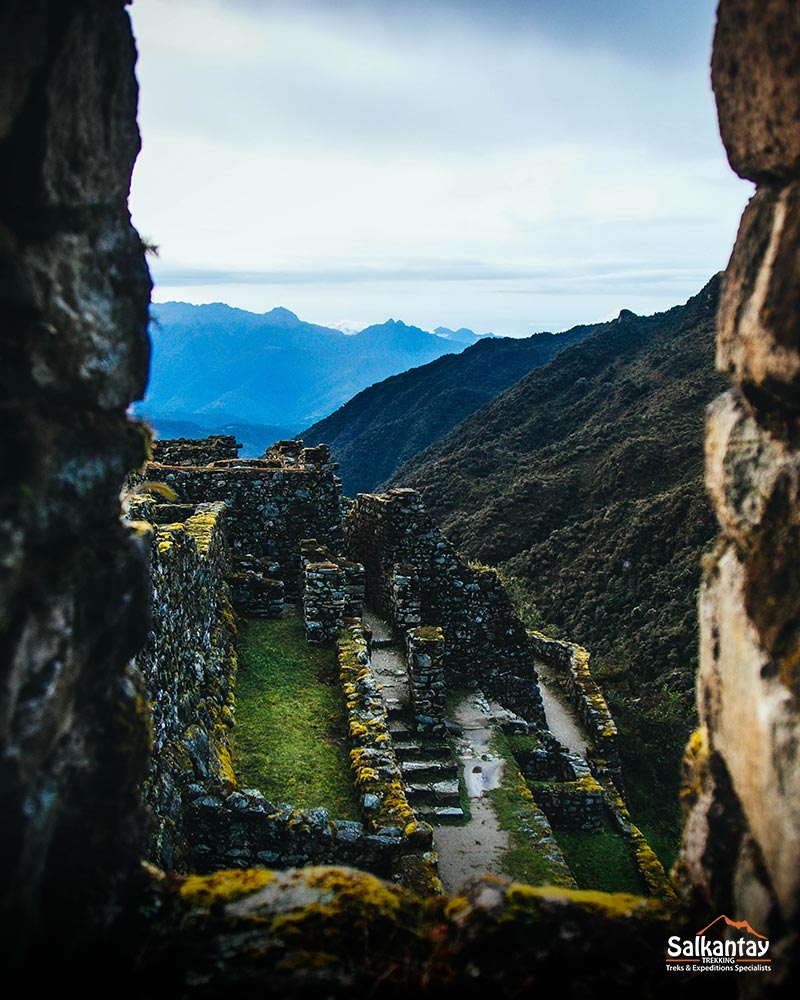

12 Tips for the Inca Trail Trip
Get ready to discover our top selection of practical advice. These tips will help you plan, enjoy, and successfully conquer every stage of the Inca Trail trip until you reach the majestic citadel of Machu Picchu. Take note and make the most of your adventure:
1. Choose the Best Time of Year for the Inca Trail trip
The best time to hike the Inca Trail to Machu Picchu is between May and October, during the dry season. This is when the weather works in your favor: sunny days and clear skies. Specifically, May, June, and September offer the perfect balance between great weather and fewer crowds.
That said, the rainy season (November to April) also has its charm: lush green landscapes, a mystical atmosphere, and fewer tourists around. The downside is that rain can appear at any moment, so be sure to pack sturdy hiking shoes, a reliable rain jacket, and remain open-minded to adjust your plans along the way.
Important: Plan your trip carefully! The Inca Trail closes every February for maintenance and recovery, due to the heavy rains. This closure may sometimes extend for a few additional weeks if the rain persists.

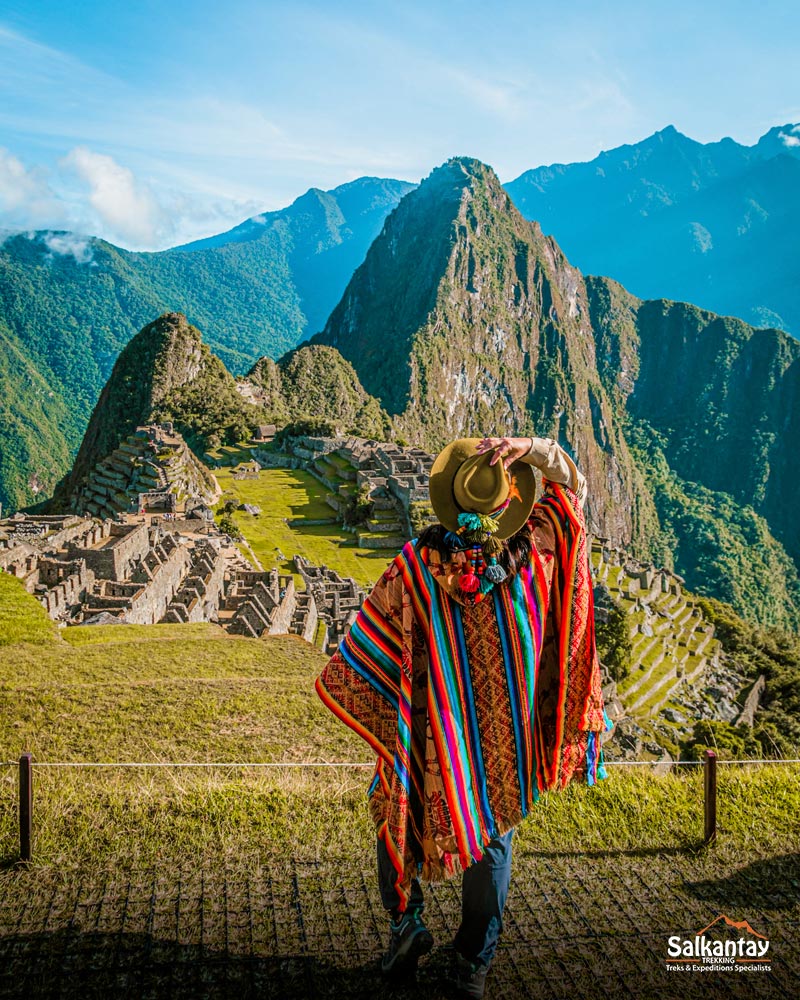
2. Find Your Ideal Tour Operator
Once you’ve set your travel dates, the next key step is choosing the tour operator that best fits your needs. To make sure you make the right choice, check that the agency you select meets the following basic requirements:
- Authorized by Peru’s Ministry of Culture to operate on the Inca Trail (only a few have this permit).
- Issue the official entry ticket to the Inca Trail trip and Machu Picchu under your name.
- Comply with safety regulations and sustainable tourism practices.
- Certified guides with good command of English (or your native language).
- Porters working under fair conditions (as per Law N° 31614): men can carry up to 20 kg (44 lbs) and women up to 15 kg (33 lbs); they must also have proper equipment and receive meals).
- Adequate group size (recommended max 12 people per group, or at least 2 guides for larger groups).
- Options for special diets during the trek (vegetarian, vegan, gluten-free).
- Camping equipment in good condition: tents, mats, sleeping bags.
- The operator must carry a first-aid kit and a portable oxygen supply.
- Clear itineraries and pricing.
- Real reviews on platforms like TripAdvisor, Google Reviews, or travel forums.
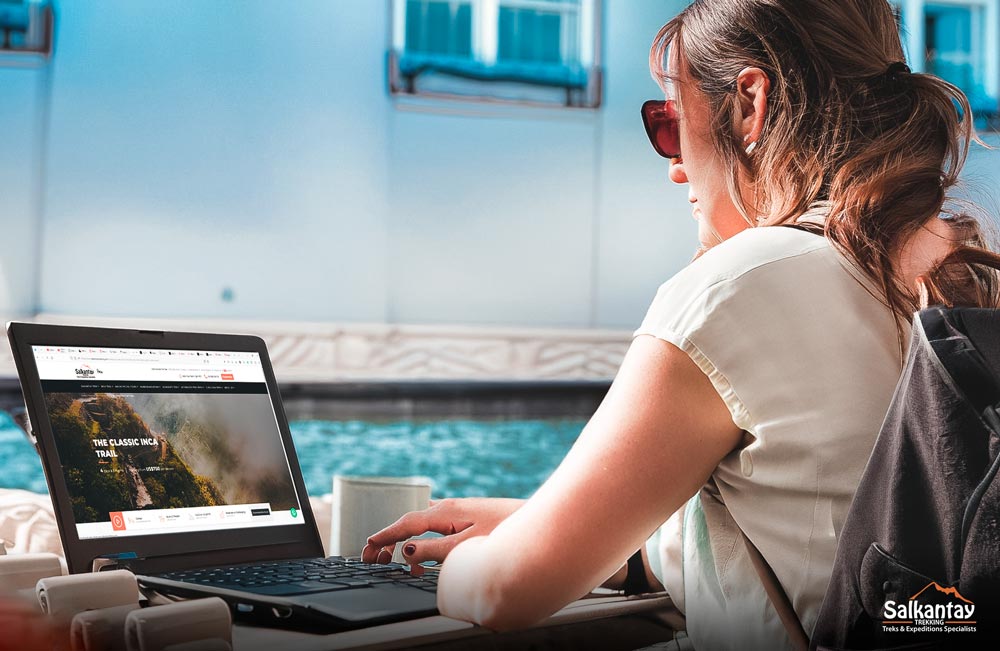
3. Learn the Rules and Restrictions of the Inca Trail Trip
It’s normal to have questions about what is and isn’t allowed on the Inca Trail to Machu Picchu. The good news is that the rules are clear and simple to follow. Here are the main restrictions you should know before and during your hike:
- Access is only possible through authorized routes and by hiring an agency with a valid permit from the Ministry of Culture.
- Entry is allowed only between 5:30 a.m. and 2:00 p.m.
- A valid ID or passport must be presented at checkpoints.
- All hikers must be officially registered at the control points before starting the trek.
- Hiking outside official hours (6:00 p.m. to 5:30 a.m.) is prohibited.
- Drones, metal trekking poles, umbrellas with pointed ends, alcohol, or illegal substances are not allowed.
- Littering, extracting plants, damaging archaeological remains, or lighting fires along the trail are strictly forbidden.
- The number of visitors per day is limited, so advance booking (several months ahead) is essential.
Note: Park rangers and staff closely monitor compliance with the Inca Trail regulations. Knowing these rules will help you enjoy your trek without issues, while respecting nature and cultural heritage.

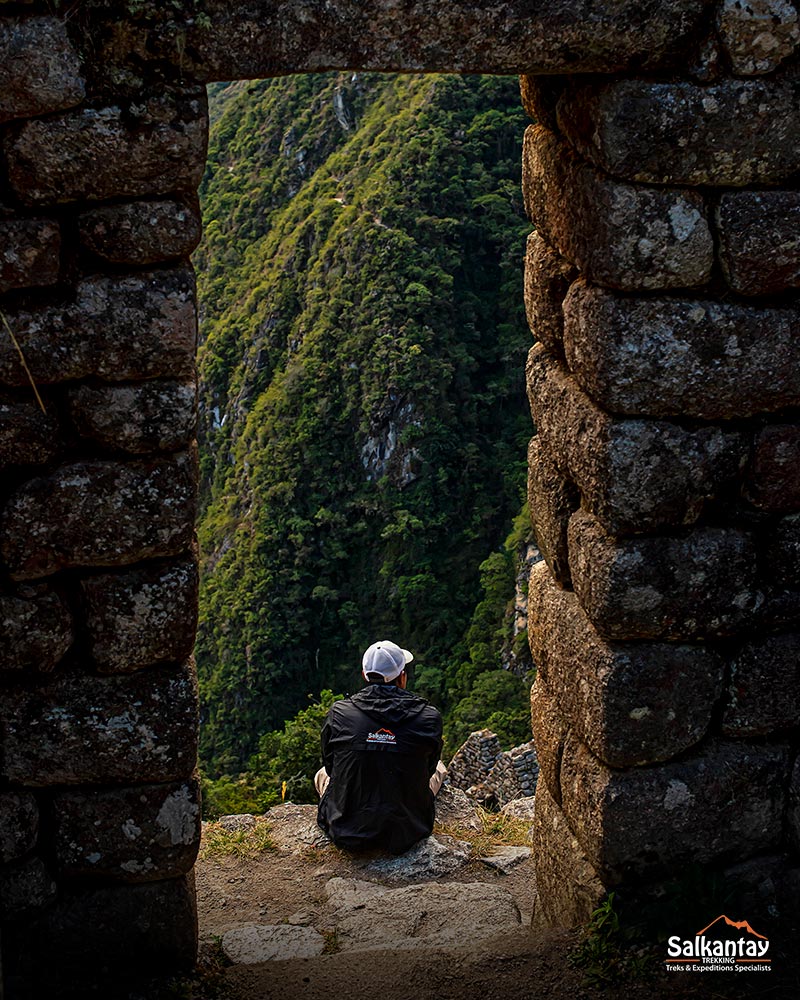
4. Train Your Body for the Inca Trail Trip
The Inca Trail to Machu Picchu stretches 44 km (27 miles), with steep ascents, changing weather, and passes that rise over 4,000 meters (13,123 feet). It’s a magical yet demanding trek that tests both physical endurance and mental strength. Without proper preparation, the experience can be tougher than expected.
So, how can you get ready for this adventure? Don’t worry—you don’t need to be a professional athlete. With some training and the following fitness tips, you’ll be ready to enjoy every step and reach Machu Picchu with a smile:
- Build up your cardio: run or cycle 3–4 times per week.
- Practice short hikes with a light backpack (11–15 lbs / 5–7 kg), including uphill training.
- Strengthen your legs and core: do strength training at least 2–3 times per week.
- Stretch after every workout to prevent injuries.
- Try yoga or Pilates to improve balance and muscle recovery.
- If you live at sea level, plan to arrive in Cusco at least 2–3 days early to acclimate (see section Get Ready for the Altitude: Acclimate Before Your Trek).
- Learn to pace yourself: it’s not a race—the key is consistency.
- Train in different weather conditions: warm, cold, and light rain.
- Break in your hiking boots and backpack before the trip to avoid blisters or discomfort.
- Good sleep is part of your training.
- Stay active daily, combining strength exercises with active recovery.
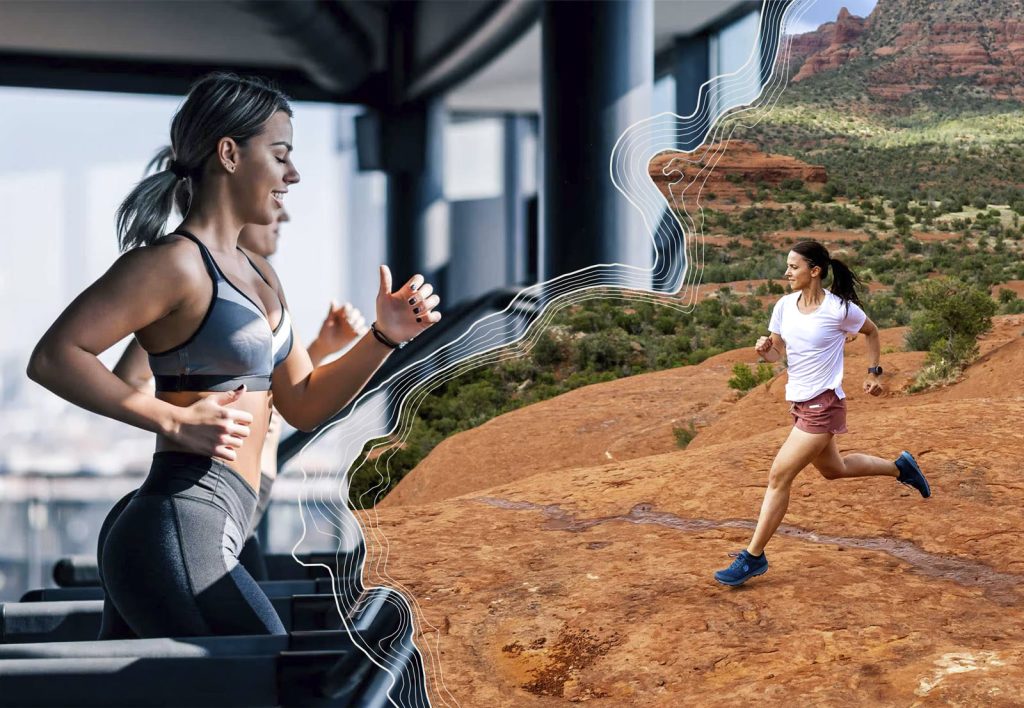
5. Take Care of Your Knees Before and During the Inca Trail Trip
One of the most common issues on the Inca Trail trip is knee pain, especially during steep descents with uneven steps. Here are some recommendations to help reduce the risk:
- Train in advance: While we’ve already mentioned strengthening your legs and core, focus specifically on the muscles around your knees (quadriceps, glutes, hamstrings). Do exercises like squats, lunges, stair climbing, or light-weight hiking. This will give more stability to the joint.
- Use trekking poles: They help distribute weight during descents, easing pressure on your knees by sharing the load with your arms.
- Keep a steady pace: Avoid rushing downhill; take short, controlled steps instead of jumping down big steps.
- Choose the proper footwear: Hiking boots with good cushioning and ankle support will reduce impact on your joints.
- Practice good technique: Keep your knees slightly bent and place your whole foot firmly on each step.
- During the trek: Stretch gently at the end of each day and massage your knees to relieve inflammation.
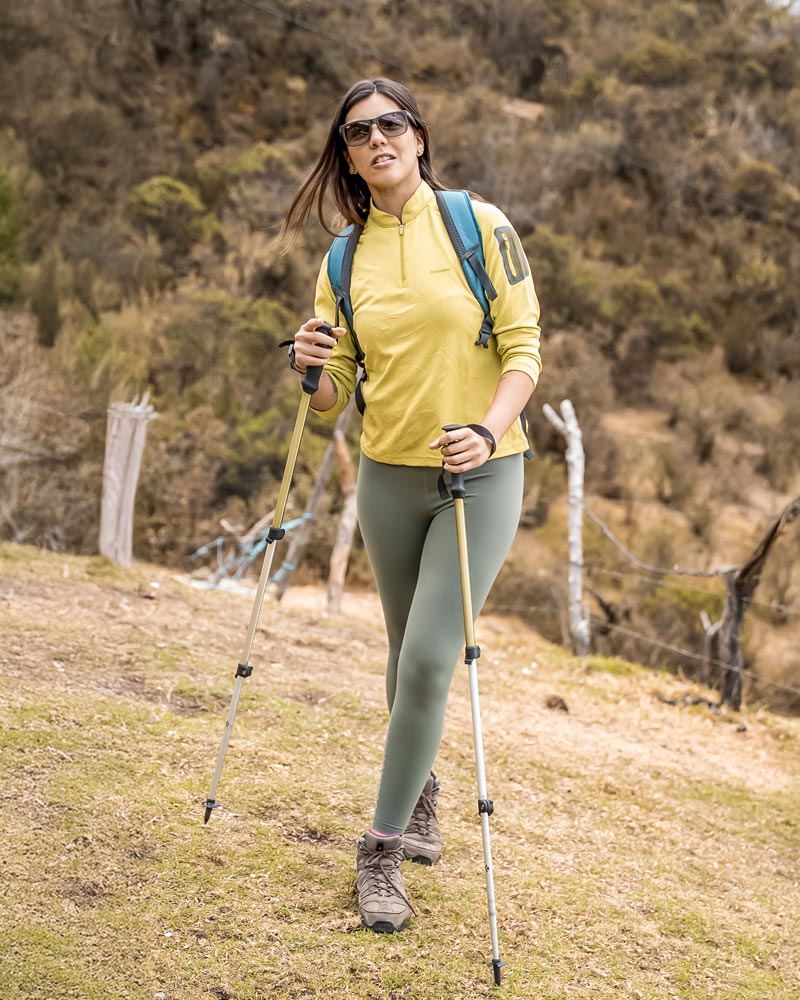

6. Visit Your Doctor
Before setting out on this adventure, it’s essential to see your trusted doctor. High altitude can affect even young and fit travelers, so a medical checkup is key to staying safe.
During your appointment, ask for a general health evaluation (blood pressure, heart, lungs, physical endurance) and explain the details of your trip: several days at high altitude plus sections of the cloud forest. Depending on your case, your doctor may recommend vaccines (such as tetanus, hepatitis A, or yellow fever for those traveling to the jungle) and specific medications.
For the Inca Trail trip, it’s common to carry:
- Altitude sickness medication (acetazolamide/Diamox).
- Antidiarrheal medicine like Imodium.
- Backup antibiotics (e.g., ciprofloxacin).
- Ibuprofen for pain or inflammation.
- Insect repellent and sunscreen (just as essential as a first-aid kit).
Important: Ask about your personal medical kit, especially if you have conditions like hypertension, diabetes, respiratory problems, or allergies. Don’t forget to get advice on joint and knee protection. Being medically prepared not only gives you peace of mind but also ensures a much more enjoyable Inca Trail trip.

7. Get Ready for the Altitude: Acclimate Before Your Trek
One of the biggest challenges of the Inca Trail trip is the altitude—especially if you’re coming from sea level. Luckily, your first stop will be Cusco, the former Inca capital at 3,399 m (11,151 pies), the perfect place to gradually adapt before tackling the famous Warmiwañusca Pass, the highest point of the trail at 4,215 m (13,828 pies).
Here are the best tips to acclimate and enjoy your trek without setbacks:
- If you’re coming from sea level, arrive in Cusco at least 2–3 days before the trek.
- Use those days for light day tours around Cusco, avoiding strenuous activities.
- Breathe deeply and slowly while walking—this helps your body adapt to lower oxygen levels.
- Maintain a steady pace: slow and consistent is better than pushing hard and stopping often.
- Stay hydrated: water helps your body oxygenate and reduces altitude symptoms.
- Avoid alcohol and heavy meals during the first days, as they can worsen altitude sickness.
- Try coca or muña tea: natural remedies widely used in Cusco to relieve discomfort.
- Sleep well: rest helps your body adjust faster.
- If your doctor recommends it, bring preventive medication for altitude sickness.
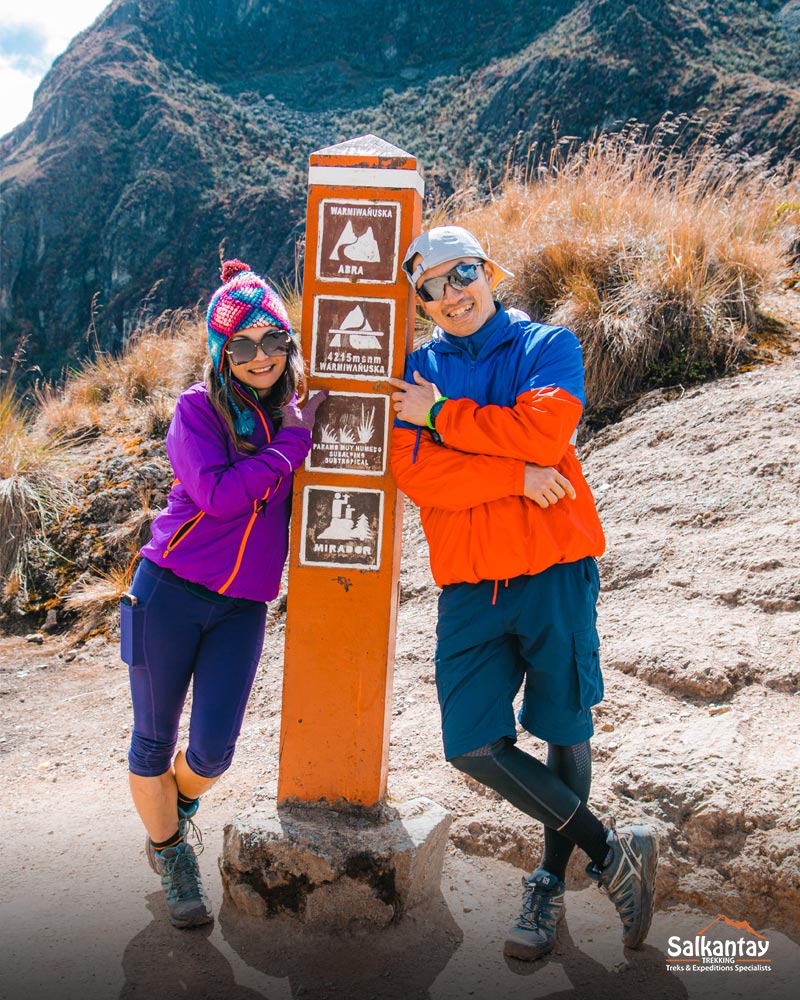

8. Get in the Right Mindset: You’ll Sleep in Tents, Walk a Lot, and That’s Where the Magic Is
The Inca Trail trip isn’t about luxury, it’s about adventure. On this trek, you won’t find glamping sites with hot water or modern comforts, but you will have the essentials to awaken your adventurous spirit and connect deeply with nature and history. With the right mindset, every challenge becomes part of the experience. Here are some tips to make the most of your journey:
- Stay positive: There will be moments of fatigue, cold, rain, or intense heat. Motivation is just as important as physical strength.
- Be patient: The trail isn’t a race. Walk at your own pace and respect rest times.
- Enjoy the process: It’s not just about reaching Machu Picchu—it’s about experiencing the nature and archaeological sites along the way.
- Be adaptable: Weather in the Andes can change in minutes. Flexibility is key to enjoying the trek despite surprises.
- Bathrooms & showers: Along the Inca Trail trip, you’ll find basic bathrooms, some with cold showers, which aren’t always well-maintained. Agencies are required to carry portable chemical toilets set up in lunch and rest areas, so make the most of those moments. Keep in mind that during the hiking sections, bathrooms may not be available – so be ready for the possibility of going outdoors.
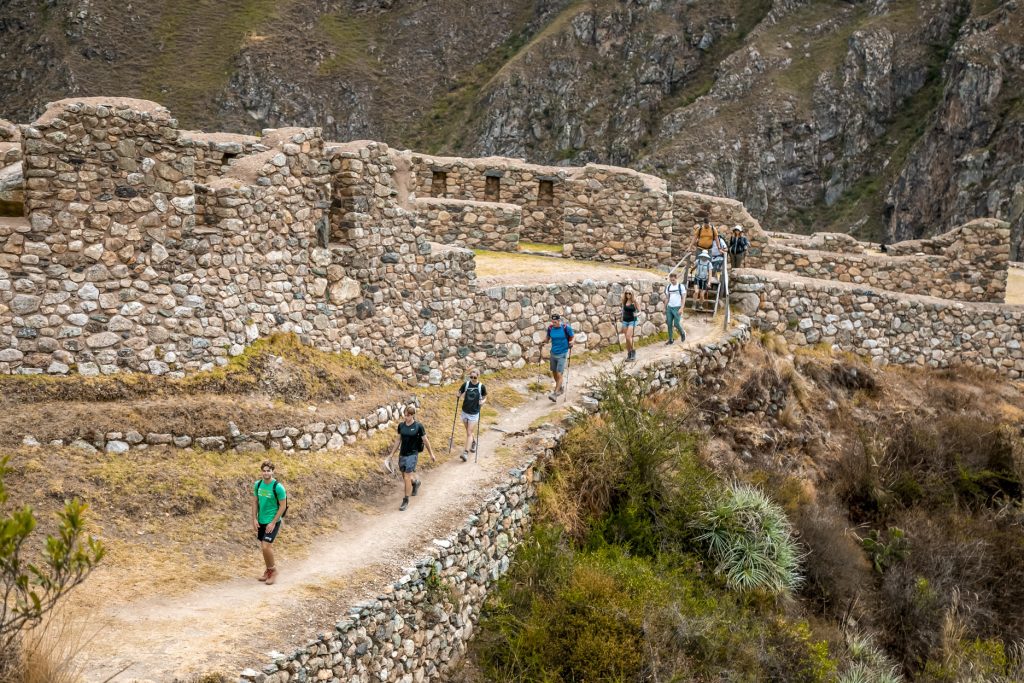
9. Find the Right Accommodation in Cusco Before and After the Trek
One of the most important tips before hiking the Inca Trail to Machu Picchu is to plan your stay in Cusco wisely. The city will be both your starting and ending point, so choosing the right place to stay will make your experience much more comfortable.
Ideally, book one or two nights before the trek to acclimate to the altitude and enjoy the city, and another night after finishing the hike—you’ll be tired and need a good rest.
In Cusco, you’ll find accommodation options for every style of traveler:
- Luxury hotels, such as Palacio del Inka or Belmond Palacio Nazarenas, perfect for comfort and exclusivity.
- Boutique hotels, like Aranwa Cusco Boutique Hotel or Inkaterra La Casona, for a more intimate and personalized experience.
- Historic hotels, such as Belmond Hotel Monasterio or JW Marriott El Convento Cusco, blending tradition with modern luxury.
- Budget options, like Hospedaje Pumacurco or Casa Inkusko, are great for backpackers and travelers on a tighter budget.
Travel Tip: Want to know more about the best neighborhoods and hotels in the city? Don’t miss our article: Where to Stay in Cusco?

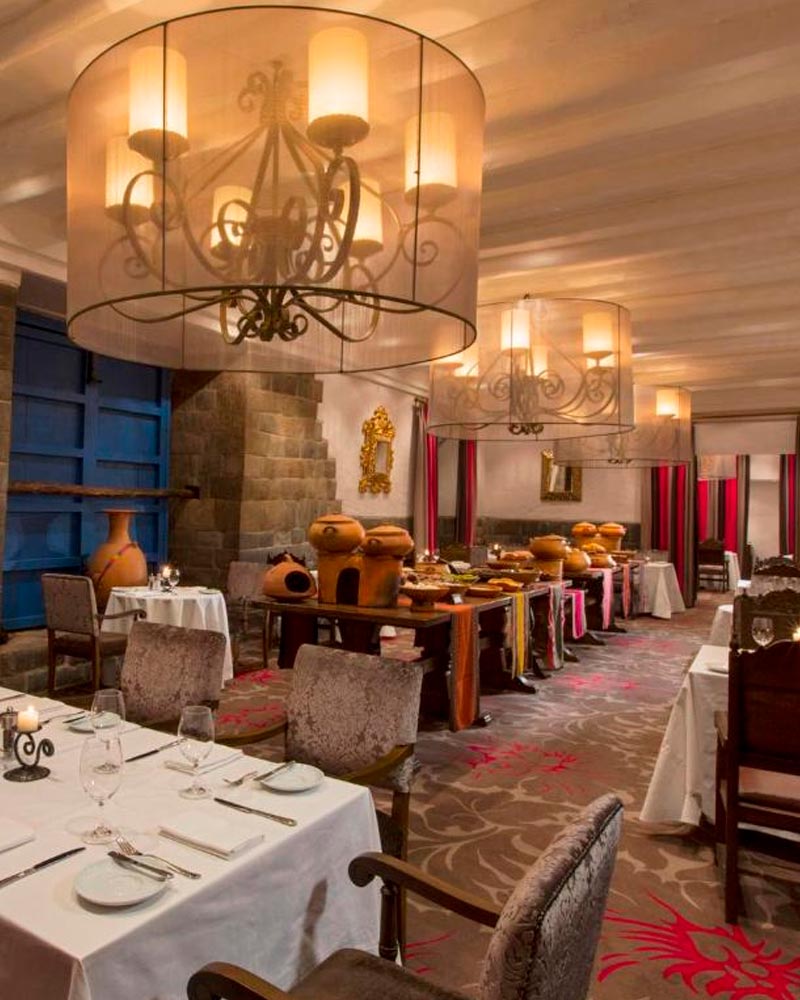
10. Pack Smart for the Inca Trail Trip
Organizing your backpack properly will make all the difference in your Inca Trail trip. Keep in mind that each trekker has up to 5 kg (11 lb) carried by a porter, which includes your sleeping bag and mat. You’ll also need a small personal backpack (25–35 liters) with daily essentials.
Most tour operators, such as Salkantay Trekking, allow you to store the rest of your luggage in their offices during the trip, so you’ll only carry what’s necessary on the trail. The goal is to enjoy a more comfortable hike through the Peruvian Andes.
11. Essential Inca Trail Packing Checklist
Essentials
- Valid passport (required for entry to Machu Picchu).
- Extra cash in soles for small expenses.
- Personal medications.
- Reusable water bottle or hydration pack (plastic bottles are banned).
- Sunscreen.
- Insect repellent.
- Basic personal hygiene items.
Clothing
- Waterproof trekking boots.
- Light shoes or sandals for camp.
- Trekking pants and shorts.
- Short- and long-sleeve shirts.
- Warm jacket and waterproof jacket.
- Trekking socks.
- Rain poncho.
- Sun hat and neck bandana.
- UV-protection sunglasses.
Gear
- Sleeping bag.
- Trekking poles with rubber tips (metal tips are not allowed on the Inca Trail trip).
- Medium-sized backpack (25–30 liters) for personal use.
Recommended
- Camera and charger.
- Portable power bank.
- Headlamp.
- Energy snacks (bars, chocolate, nuts).
- Lightweight towel.
- Plastic or waterproof bags for wet clothes or rain protection.
- Swimsuit (if you plan to visit the hot springs in Aguas Calientes).
Important: Trekking poles are not allowed inside Machu Picchu as they can damage the archaeological site. However, seniors or travelers with disabilities may bring poles with rubber tips.
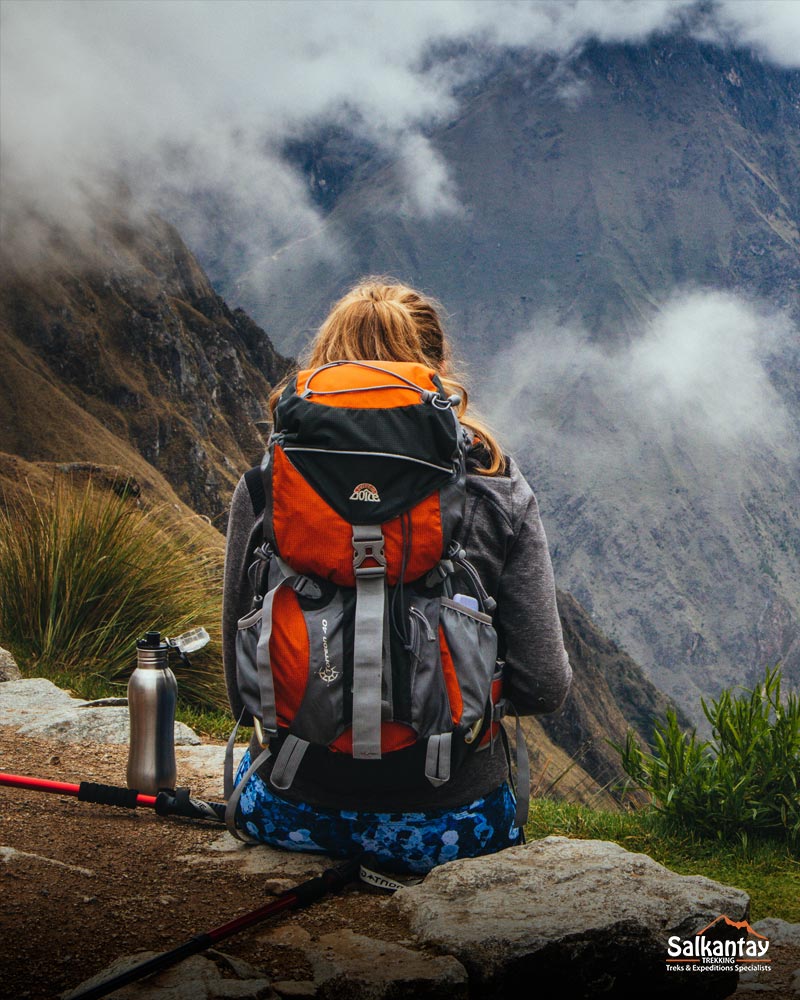
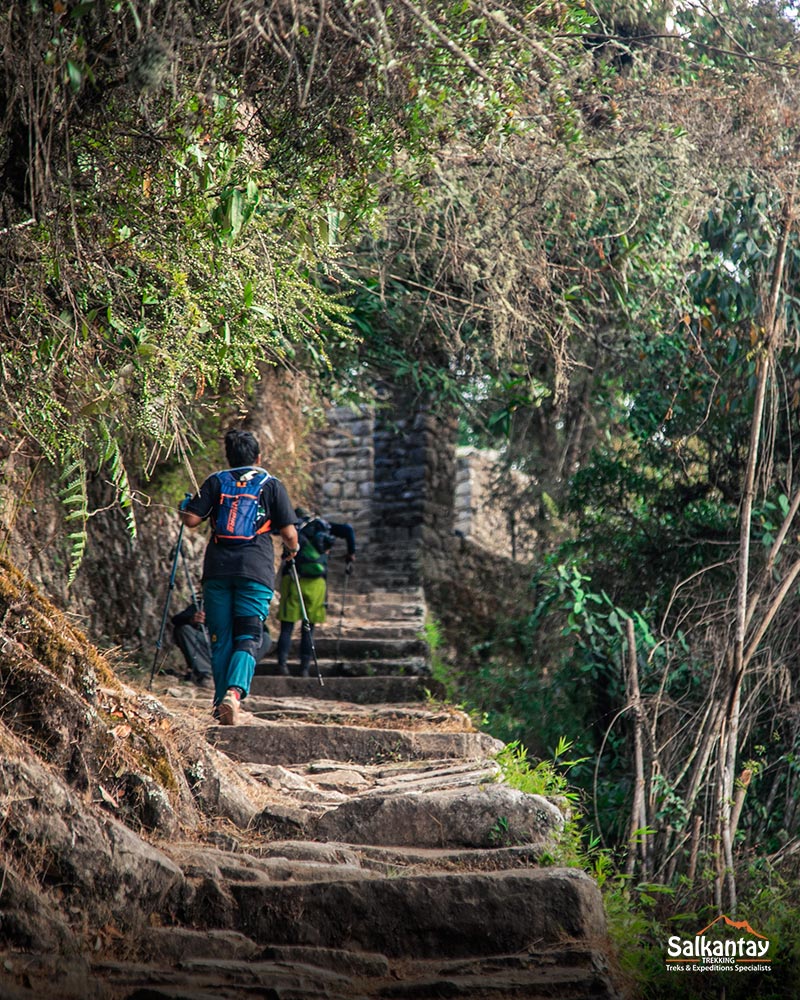
12. Choose the Right Route and Keep Your Own Pace on the Inca Trail Trip
One of the most important tips before embarking on your adventure to Machu Picchu is selecting the Inca Trail route that best suits your time, physical condition, and expectations. Not all travelers have the same preparation or availability, which is why there are different alternatives:
- 1-Day Inca Trail trip: Perfect if you’re short on time and want a shorter hike that takes you straight to the Sun Gate (Inti Punku) with spectacular views of Machu Picchu.
- 2-Day Inca Trail trip: Combines a moderate hike with an overnight stay in Aguas Calientes before visiting the citadel. Ideal for those who prefer a more relaxed experience.
- Classic 4-Day Inca Trail trip: The most popular option, where you’ll cover the most iconic sections of this ancient route, crossing Andean landscapes, cloud forest, and unique archaeological sites. You can do this trek in a group or privately.
- Lares Trek + 2-Day Inca Trail trip (5 days): A unique adventure combining the Lares Trek with the Short Inca Trail. Along the way, you’ll see glaciers, turquoise lakes, waterfalls, and local wildlife such as llamas and alpacas, while also interacting with rural communities before entering the legendary Inca Trail and finishing at Machu Picchu.
- Ancascocha Trek + 2-Day Inca Trail trip (5 days): A challenging and less-traveled route that combines the Ancascocha Trek with the Short Inca Trail. You’ll pass through remote communities and breathtaking Andean landscapes, far from the crowds, before walking in the footsteps of the Incas all the way to Machu Picchu.
- Inca Trail trip + Salkantay Trek (6 or 7 days): Designed for those who want the ultimate experience, combining the majesty of Salkantay with the mystique of the Inca Trail. This is a demanding option, recommended for trekkers in good physical condition.
Pace Yourself and Enjoy the Journey
No matter which route you choose, the secret to enjoying the Inca Trail trip is maintaining a steady pace that matches your abilities. Don’t rush at the beginning: the altitude and steep climbs can drain your energy quickly. Walking slowly, staying well-hydrated, and taking short breaks are the best strategies to finish strong and fully enjoy the journey.
Travel Tip: Before choosing your Inca Trail route, research the different itineraries, costs, duration, and available combinations (from 1 to 7 days, including options with Salkantay). This will help you pick the experience that best fits your time, budget, and fitness level.
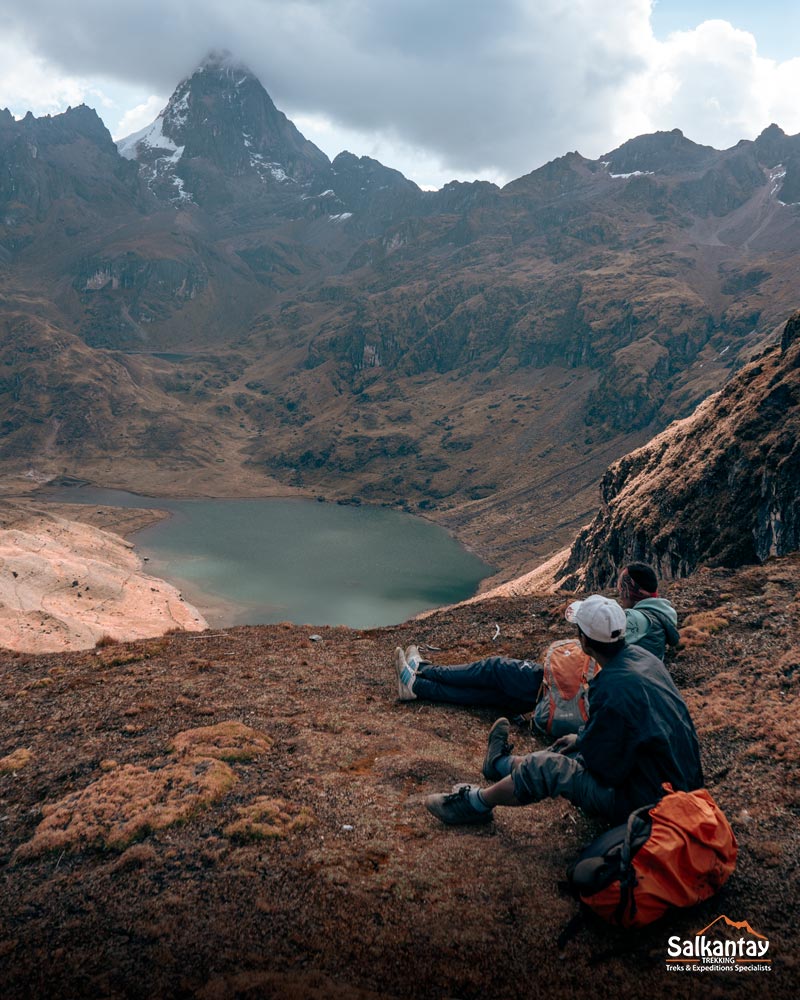

Extra Tips Nobody Tells You
About weather and environment:
- Fog is part of the magic: Don’t get frustrated if Machu Picchu is covered in mist when you arrive. Be patient—within minutes or hours, the skies may clear and reveal unforgettable views. Fog can appear at any time of year, but during the dry season, it usually lifts faster.
- Nights can get very cold: Even in the dry season, temperatures can drop to 0 °C (32 °F) at higher campsites. A good sleeping bag is essential.
- Don’t underestimate Andean weather: Even during the dry season, sudden showers are common. Always pack a poncho or lightweight rain jacket.
Gear & Essentials:
- Trekking poles must have rubber tips: This is mandatory to protect the original stones of the Inca Trail. If you don’t bring them, you’ll need to rent or buy them in Cusco.
- Bring water only for the first day: From day two onward, your tour operator will provide safe drinking water at each meal. We recommend carrying a large bottle or hydration bladder to refill.
- Bathrooms are scarce: Facilities are basic and often poorly maintained. Always carry toilet paper and hand sanitizer.
Connectivity & Accessibility:
- Total disconnection: There’s no cell signal or charging stations along most of the Inca Trail trip. Embrace the opportunity to enjoy the journey without digital distractions.
- Traveling with children under the age of 10 is not recommended; if traveling with young children, consider gentler options such as visiting Machu Picchu by train or the short 2-day Inca Trail.
After the trek:
- Relax in the hot springs: After your visit to Machu Picchu, head to the thermal pools in Aguas Calientes, with temperatures between 100 °F (38 °C) and 114 °F (46 °C). They’re perfect for relaxing and recharging after the trek.
- Complete your experience with Huayna Picchu Mountain: The most challenging add-on is Huayna Picchu (Route 3A), with a climb of over 984 ft (300 m) and 1,600 stone steps.
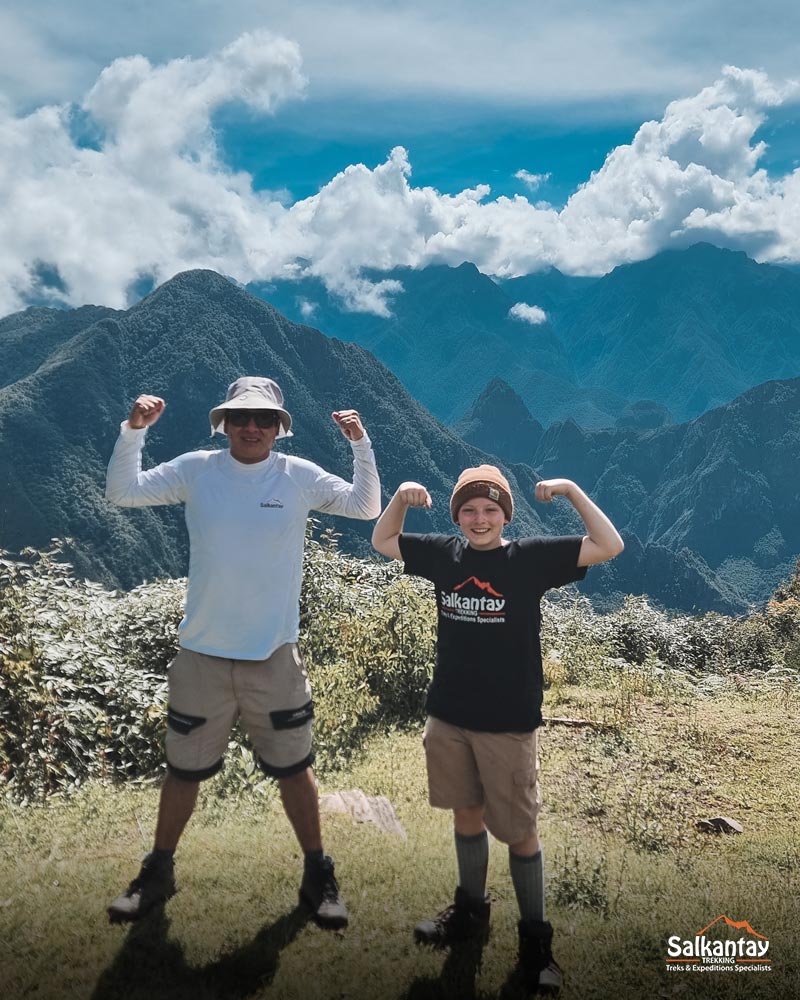

Everything is ready for you to begin your adventure
Now that you know the best tips to make the most of the Inca Trail to Machu Picchu, all that’s left is to take the first step. At Salkantay Trekking, we’ll be delighted to help you plan your trip. Book in advance and get ready to live one of the most exciting experiences of your life, walking the ancestral trails of the Incas!
Frequently Asked Questions About the Inca Trail Trip
1. How long does the Inca Trail trip take?
The duration depends on the route you choose. The classic route takes 4 days and 3 nights, but there are also shorter alternatives of 1 or 2 days and longer options combined with the Salkantay Trek, Ancascocha Trek, or Lares Trek, which can last 6 or 7 days.
2. Does the Inca Trail trip include a visit to Machu Picchu?
Absolutely! Visiting Machu Picchu is always included in our itinerary. In fact, the Inca Trail trip allows you to enter through Inti Punku (the Sun Gate), where you’ll enjoy a privileged first view of this Wonder of the World before heading on a guided tour of the most critical areas of the citadel.
3. Do I need to book in advance?
Yes. Access to the Inca Trail trip is strictly regulated, with a daily limit of 500 people (including tourists, guides, and porters). During the high season (May to October), it’s best to book at least 6 months in advance, while in the low season you should book at least 3 months ahead.
4. When is the best time for the Inca Trail trip?
The best season is from May to October, when rainfall is minimal. The Inca Trail is closed every February for maintenance and safety due to heavy rains.
5. Is the Inca Trail trip challenging?
The difficulty level ranges from moderate to challenging. Good physical condition is recommended, and you should spend at least 2–3 days in Cusco to acclimate to the altitude before starting the trek.
6. What should I pack in my backpack?
Essentials include: comfortable, lightweight clothing; a warm jacket; rain gear; a headlamp; sunscreen; insect repellent; a hat; a reusable water bottle; and basic personal hygiene items. Remember: the porter’s load cannot exceed 5 kg (11.02 lbs).
7. Can I do the Inca Trail trip on my own?
No. According to Peruvian government regulations, the Inca Trail trip can only be undertaken through an authorized tour operator that provides guides, porters, and logistical support.
8. What if I feel sick on the Inca Trail trip?
Guides are trained in first aid and emergency management. In serious cases, there are alternate evacuation routes. The most important thing is to inform your guide immediately if you’re not feeling well.
9. What kind of accommodation is available along the trail?
On the longer routes (4, 5, 6, or 7 days), you’ll sleep in camps set up by your tour operator, with tents and meals included. On the 2-day route, the first night is usually spent in a hotel in Aguas Calientes.
10. Do I need prior trekking experience?
Not necessarily, but it is recommended to have done a few long hikes beforehand. The key is physical endurance, and preparing with walking, cardio, or light hiking exercises is essential.
11. What’s the difference between the Inca Trail trip and the Salkantay Trek?
The Inca Trail trip is the only route that allows you to enter through the Sun Gate (Inti Punku) to Machu Picchu. The Salkantay Trek is a longer alternative with stunning mountain and jungle scenery, fewer regulations, and a deeper connection with nature. Some agencies offer a combined Salkantay + Inca Trail trek lasting 6 or 7 days.
12. Why are there porters on the Inca Trail trip?
On the Inca Trail trip, heavy loads (camping equipment, utensils, and part of the travelers’ luggage) are carried by porters. This is because the use of pack animals, such as mules or horses, is prohibited to protect the integrity of the trails and archaeological sites. Thanks to their work, the hike becomes more accessible and sustainable, while also ensuring the preservation of this unique heritage.
You May Also Be Interested In:
- Inca Trail 2025: Complete Trekking Guide
- What to Wear for The Inca Trail 2025?
- A Trip Through Time to the Archaeological Sites of the Inca Trail
- Best Environmental Practices on the Inca Trail
- The Best Time to Visit Machu Picchu in 2025
- What is the best time to visit Peru?
- How to Acclimate in Cusco: Everything You Need to Know



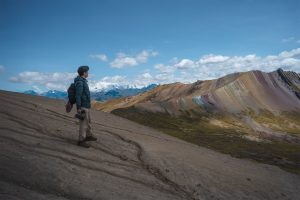
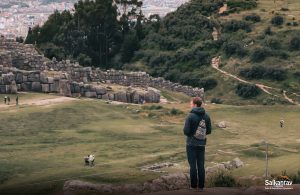
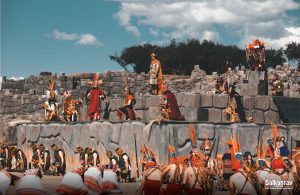
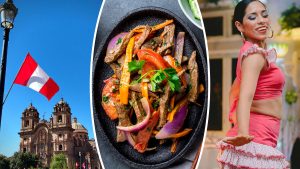
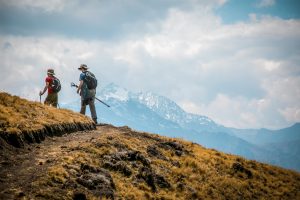
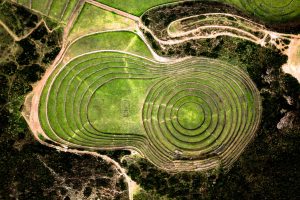
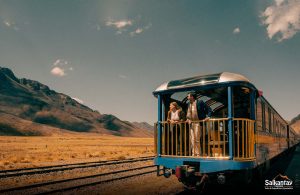


Leave A Reply